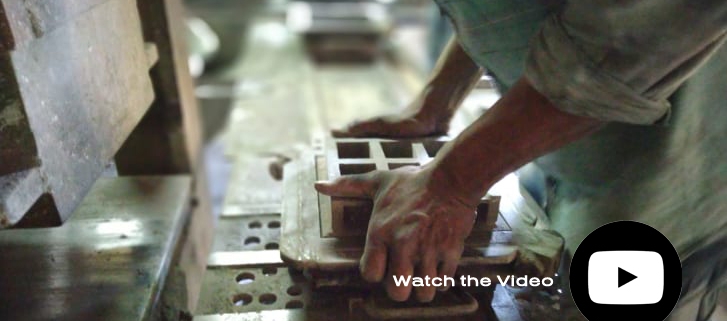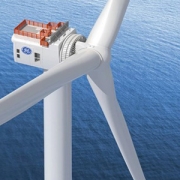Planning consent has been granted for Legal & General Modular Homes to build 185 homes in Bristol – after they are shipped in from a factory in Yorkshire.
The scheme, which has been developed in conjunction with Bristol City Council, will see two-, three- and four- bedroom houses along with one- and two-bedroom apartments developed on land at Bonnington Walk in Lockleaze.
Half the homes will be affordable housing and it is intended that these become part of Bristol City Council’s affordable housing stock.
All homes have been designed to achieve an Energy Performance Certificate (EPC) “A” rating, a standard met by only about 1% of new and existing dwellings in England and Wales, and the site master plan has been created which will deliver a net biodiversity gain following the development of this site.
Legal & General’s modular housing business has continued to grow, now employing more than 300 team members. Since May 2020, it has secured planning approval for nearly 350 homes, as it moves towards delivering 3,000 homes a year at maturity.
From its factory in Sherburn-in-Elmet in Yorkshire, Legal & General Modular Homes is providing an innovative approach to the design, production and construction of homes, driving up quality, efficiency and productivity to deliver highly energy efficient sustainable homes.
At Bonnington Walk, Legal & General will deliver a full development proposition; from buying land, developing the product and managing the planning application through to delivery.
Worth an estimated £40billion to the UK, the modular construction sector is transforming and helping standardise the way homes are built.
With the importance of quality housing having been emphasised over successive lockdowns, modular construction is offering an impactful solution, supporting UK jobs and helping to meet the Government’s objective to build more affordable, carbon-friendly housing, Legal & General said.
Legal & General’s modular housing factory offers multi-skilled employment opportunities, including across design, finance, engineering, procurement, construction and production.
The Bonnington Walk scheme has been brought forward in collaboration with Bristol City Council and consulted on widely by the community.
It represents an important new development in Bristol where Legal & General already has a significant interest through a £240million stake in the regeneration of Temple Quarter, a “build-to-rent” development and a proposed major mixed-use scheme on Temple Island.
Together with Bonnington Walk these schemes provide a springboard for a long-term partnership with Bristol City Council, helping it deliver a large proportion of the 16,000 new homes required across the city, Legal & General emphasises.
As well as providing much-needed homes, the proposed development at Bonnington Walk will see improvements made to adjoining areas of the site as part of a long-term plan for investing in Lockleaze.
New allotment patches and accessible green open space will be introduced to complement the existing community orchard, a new local community hub will be built, and walking, cycling and road improvements will be made.
William has more than a decade’s experience reporting on the business scene in Plymouth and the South West.
Rosie Toogood, chief executive of Legal & General Modular Homes, said:
“Using modular construction, Legal & General will be able to deliver much needed, high quality and sustainable homes that are affordable in half the time of traditional methods.
“In a post pandemic environment, the availability of affordable homes – set within beautiful open spaces – which create a well-connected local community will be more important than ever before.
“Our journey to revolutionise the UK’s construction industry is well underway, and planning consent at Bonnington Walk, Bristol is testament to this.
“With planning permission for 350 homes this year, the business is making great steps forward. This Bristol scheme, along with our consented scheme in Selby, will really showcase the benefits of modern modular construction.”
Cllr Nicola Beech, cabinet member for strategic design and city planning at Bristol City Council, said: “I’m pleased that members have voted to approve planning permission for affordable housing at Bonnington Walk. The development will provide a boost to biodiversity in the area, including making a contribution towards a new allotment.
“As part of the Bristol Housing Festival and Innovate UK project, this new scheme proves that by doing things a little differently we can deliver much-needed affordable, sustainable new homes in Bristol.”
Source: Business Live







